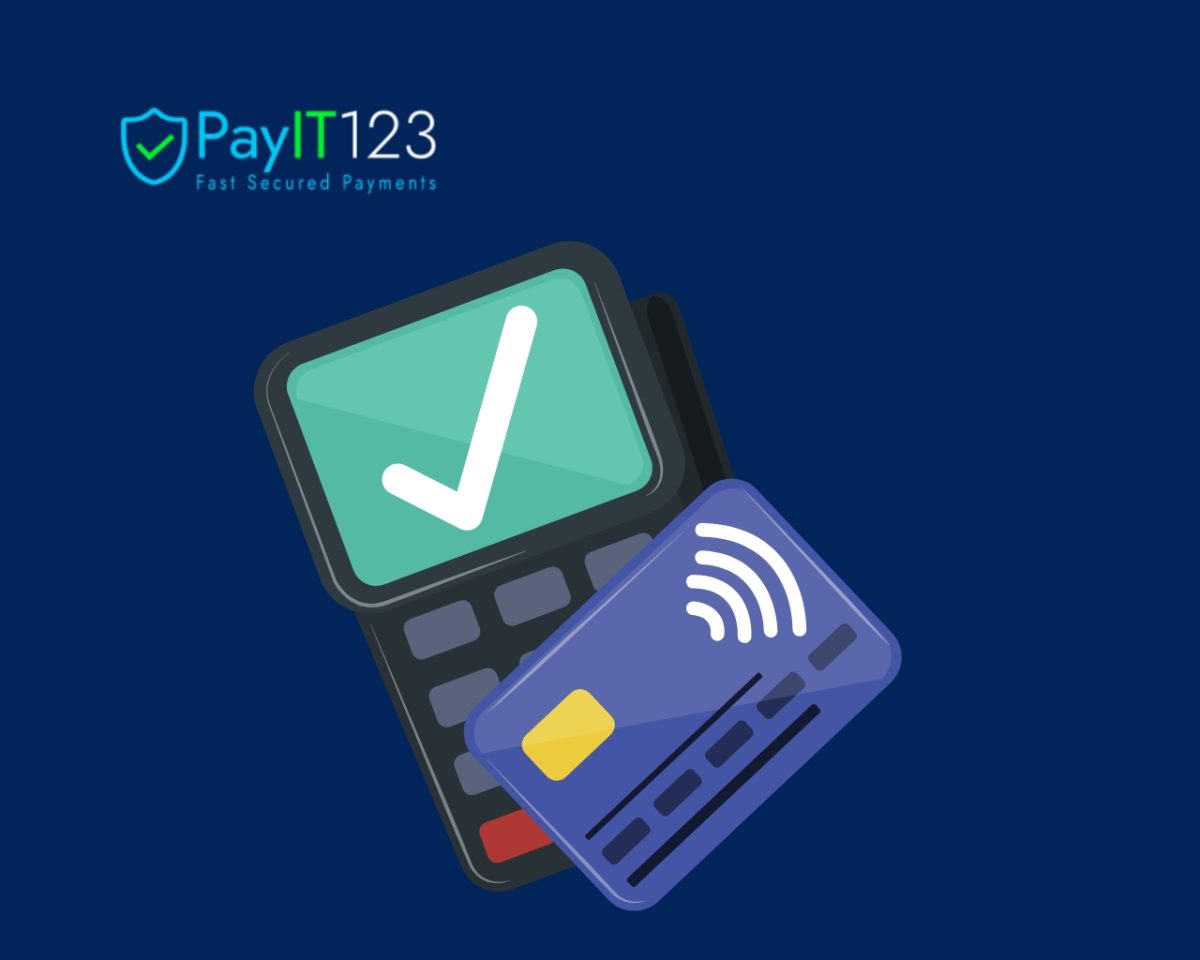Introduction
As Europe continues to innovate in the financial technology space, the need for faster, more efficient payment solutions has never been greater. The Single Euro Payments Area (SEPA) and instant payment solutions are at the forefront of this evolution, driving the modernization of the European payments landscape. SEPA, which harmonizes euro payments across member states, has revolutionized cross-border transactions. However, introducing instant payments is expected to accelerate the speed, accessibility, and convenience of payments across Europe. Here’s a look at the future of SEPA and instant payment solutions in Europe.
1. Expansion of Instant Payments
One of the most significant developments in the European payment space is the expansion of instant payments under the SEPA Instant Credit Transfer (SCT Inst) scheme. Instant payments enable customers to make real-time transactions, where funds are transferred within seconds, 24/7, 365 days a year. This level of speed, previously reserved for domestic transactions, is now available across SEPA countries.
In the future, instant payments are expected to become the standard for all euro transactions, reducing reliance on traditional methods like wire transfers or card payments, which can take days to process. Banks, payment providers, and fintech companies are expected to integrate instant payment capabilities into their systems, providing businesses and consumers with quicker and more efficient ways to transfer funds.
2. The Growth of Digital Wallets and Open Banking
The rise of digital wallets and open banking will likely shape the future of SEPA and instant payments. Digital wallets, such as Apple Pay or Google Pay, enable customers to make instant payments seamlessly from their phones. These platforms integrate SEPA instant payments to enable immediate cross-border transactions without the traditional delays associated with international bank transfers.
Open banking, supported by the Revised Payment Services Directive (PSD2), is another factor driving the evolution of payment solutions. Open banking fosters innovation by allowing third-party providers to access bank account information (with customer consent). It enables new payment services, such as direct bank transfers through instant payment systems. This shift enhances consumer convenience and creates a more competitive landscape, benefiting businesses and consumers.
3. Increased Adoption of Real-Time Payments Across Europe
The adoption of real-time payments across Europe is gaining momentum. According to recent reports, many countries in the SEPA region are witnessing significant growth in the volume of instant payments processed. Countries like the Netherlands, Spain, and Germany are already leading the charge, while other regions are rapidly catching up.
As businesses and individuals increasingly demand faster, more convenient payment methods, governments, and regulators are pushing for the widespread adoption of instant payment systems. The European Central Bank (ECB) and the European Payments Council (EPC) have also played a crucial role in promoting the SCT Inst scheme, and their continued support is expected to ensure the growth and scalability of real-time payment systems throughout Europe.
4. Greater Integration with Other Financial Systems
The future of SEPA and instant payment solutions also lies in their ability to integrate with other financial systems, such as cross-border payment networks and cryptocurrency platforms. By connecting SEPA instant payments with global payment systems, Europe can facilitate smoother cross-border transactions between the eurozone and non-euro countries.
Additionally, the rise of blockchain and cryptocurrencies is expected to influence the development of payment solutions. Some fintech companies are already exploring integrating instant payments with blockchain technology, offering businesses and consumers a more secure, cost-effective, and transparent way to handle payments across borders.
5. Improved Security and Fraud Prevention
As instant payments become more widely adopted, the focus on security and fraud prevention will intensify. While instant payments provide tremendous speed benefits, they also require heightened measures to protect users from potential fraud. Payment systems will likely incorporate advanced fraud detection technologies, biometric authentication, and end-to-end encryption to ensure that transactions remain secure.
The future of SEPA and instant payments will see an increased emphasis on security protocols that align with evolving regulations and industry standards. This will help foster trust in real-time payment systems and ensure businesses and consumers benefit from fast and secure transactions.
Conclusion
The future of SEPA and instant payment solutions in Europe looks promising, with significant advancements in speed, convenience, and security. As instant payments become the standard, how Europe handles cross-border transactions will evolve, providing businesses and consumers with faster, more efficient ways to transfer funds. Integrating digital wallets, open banking, and other financial innovations will further accelerate the growth of real-time payments, creating a more connected and dynamic European payment ecosystem.
#InstantPayments #SEPA #DigitalPayments #Fintech #OpenBanking #RealTimePayments #EuropeanPayments #Blockchain #PaymentSecurity #FinancialInnovation

